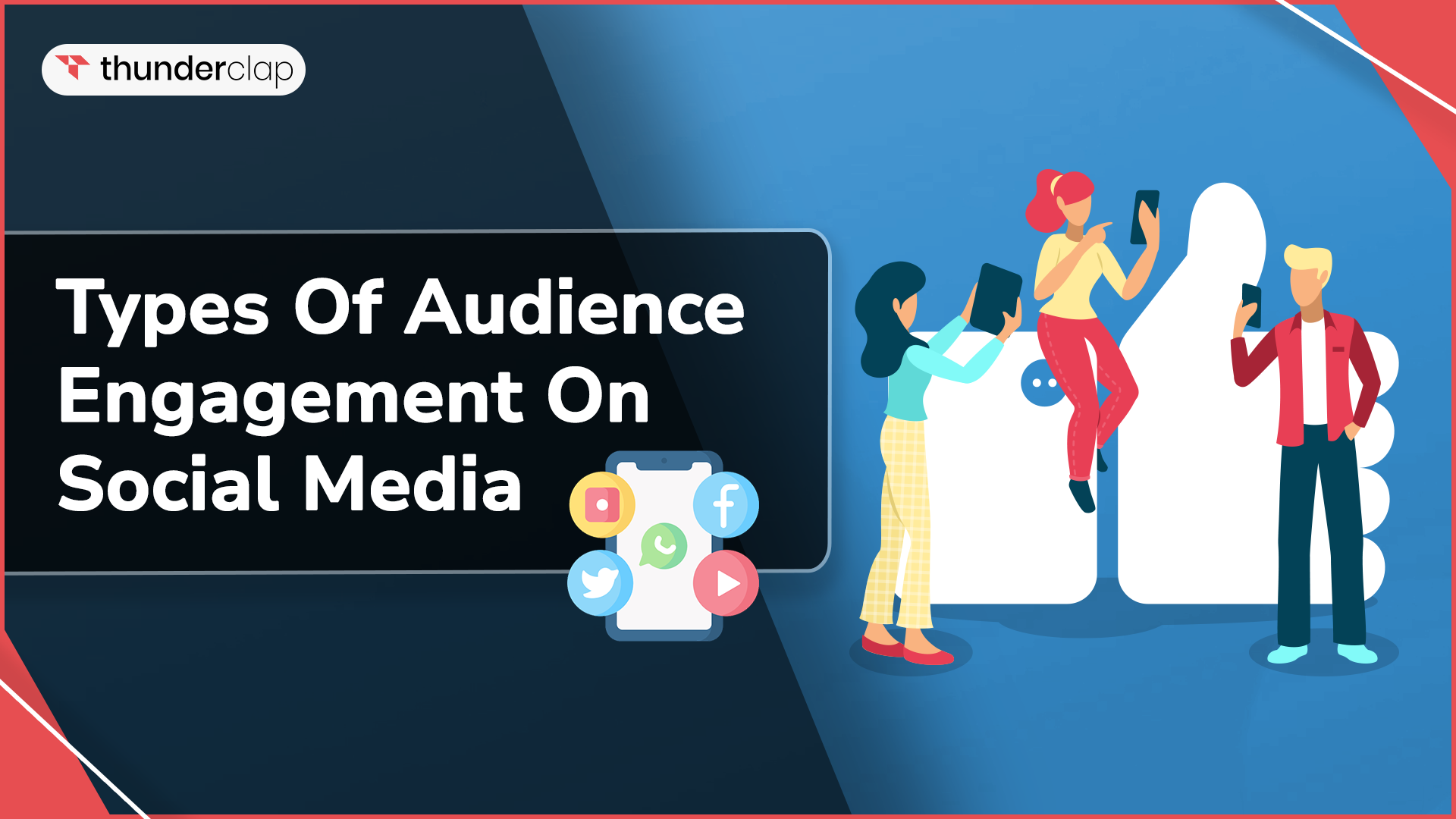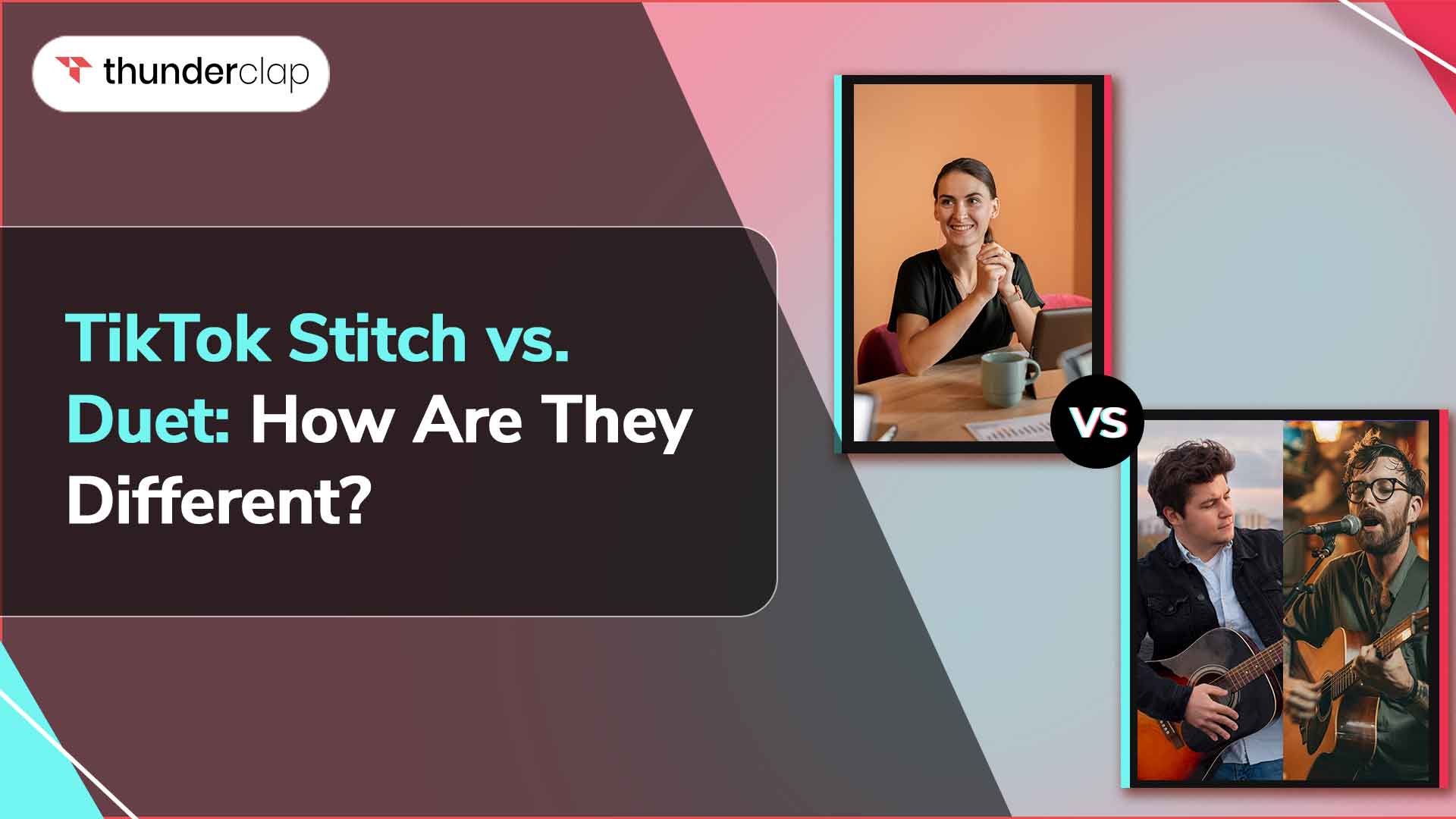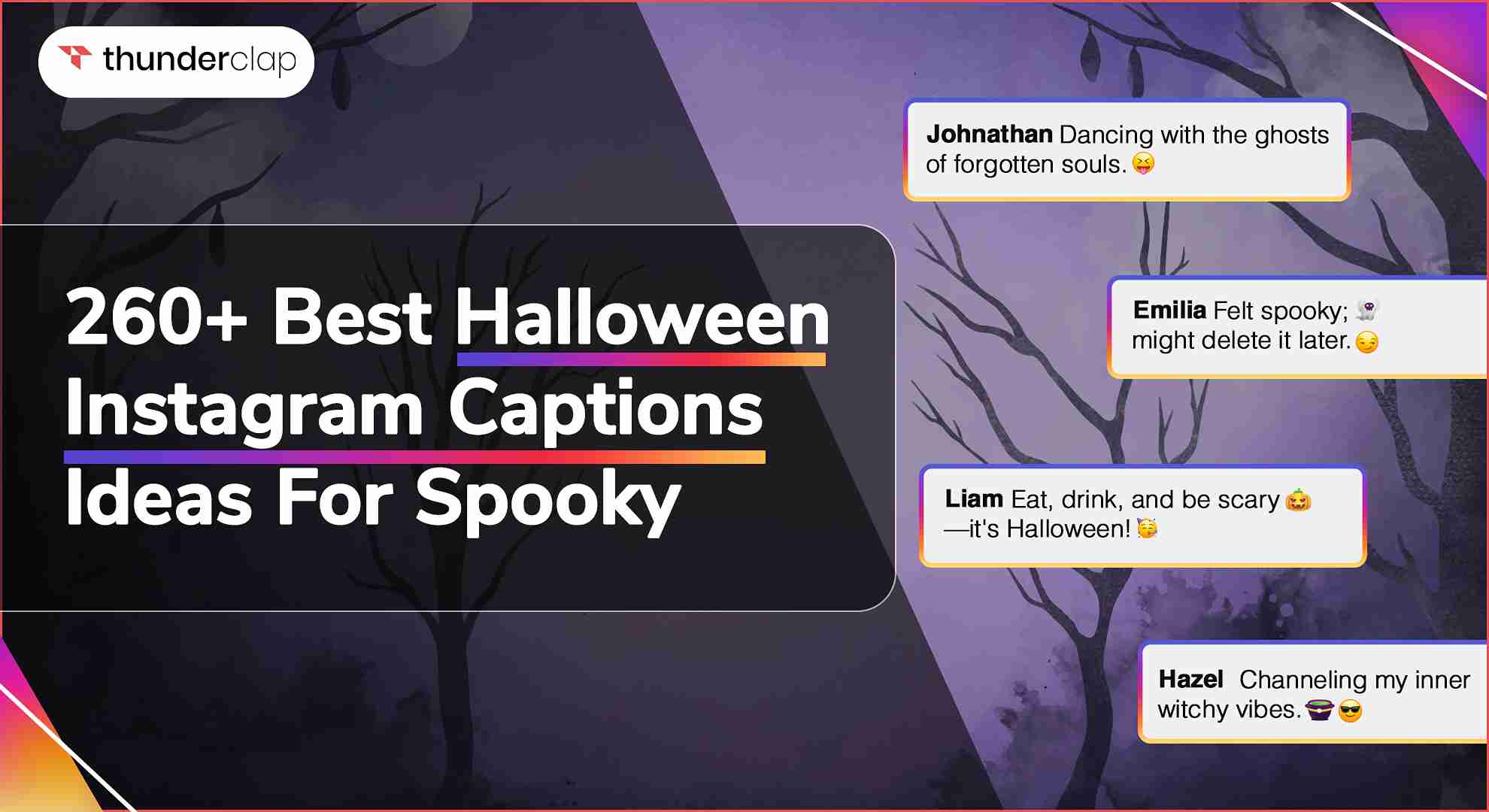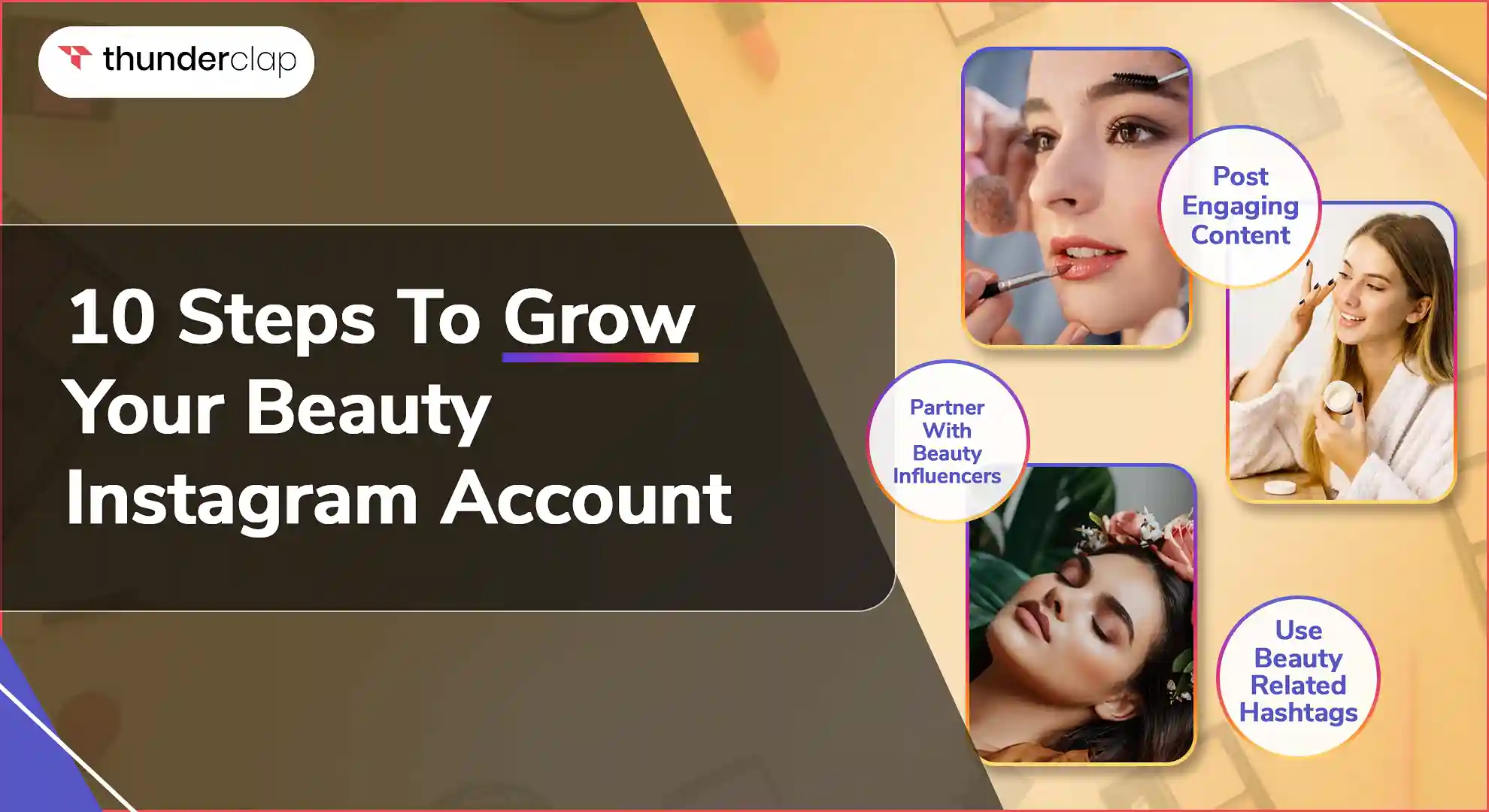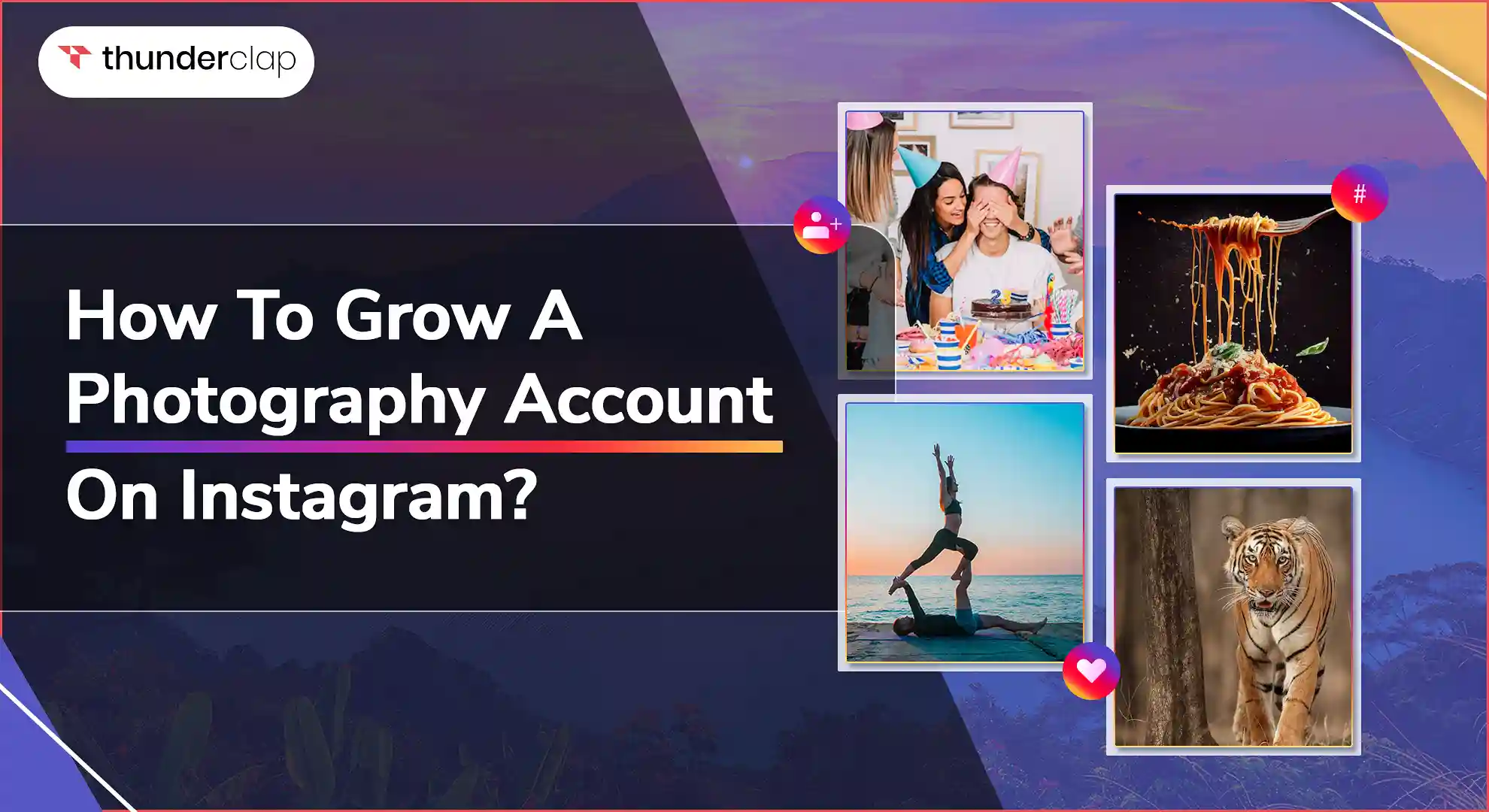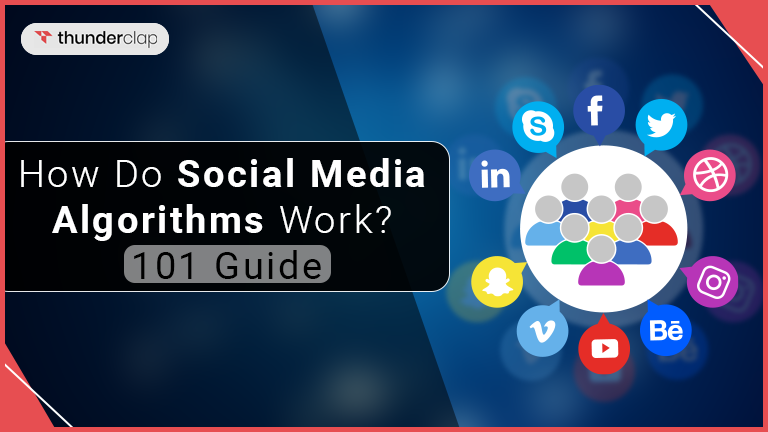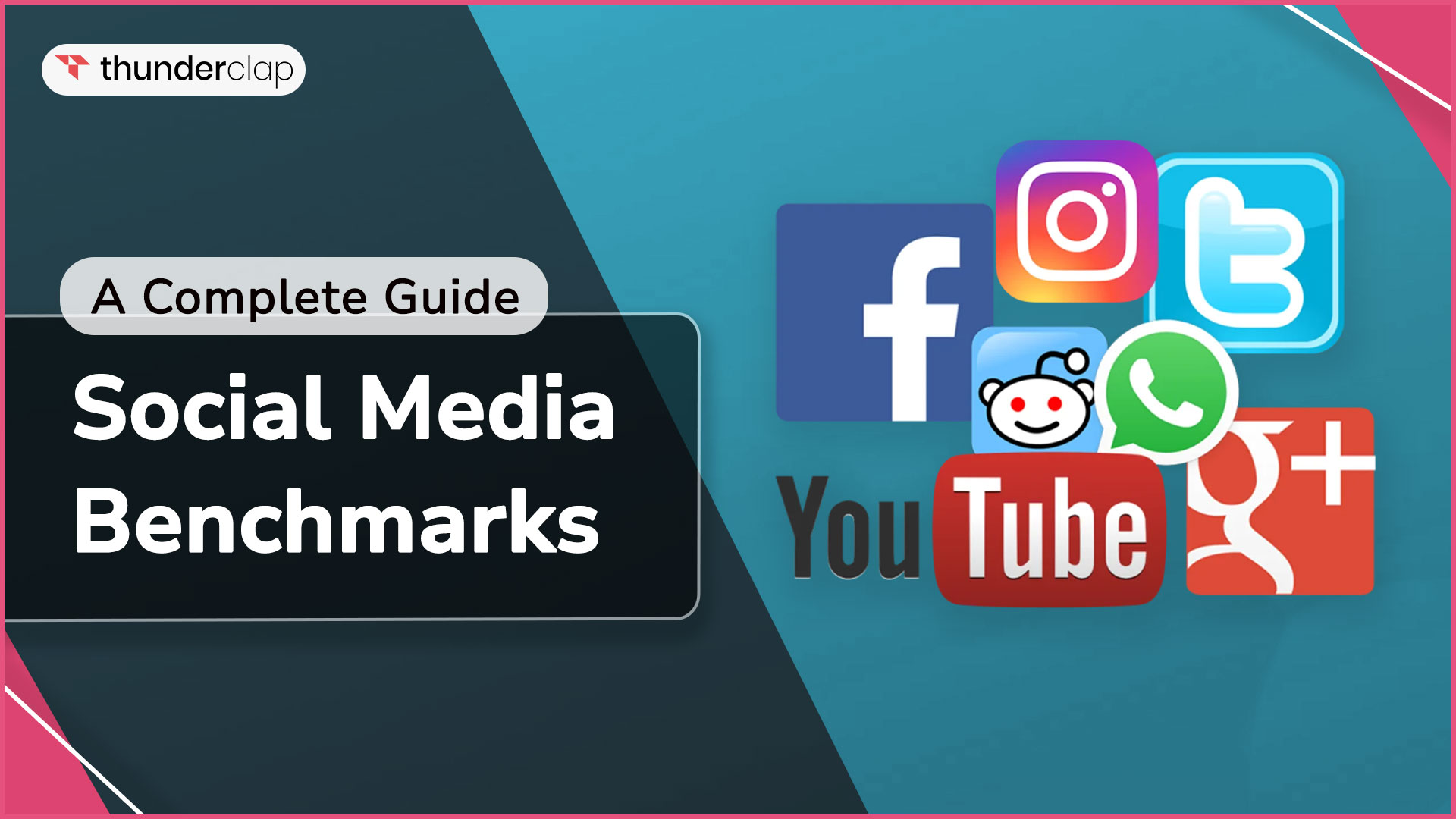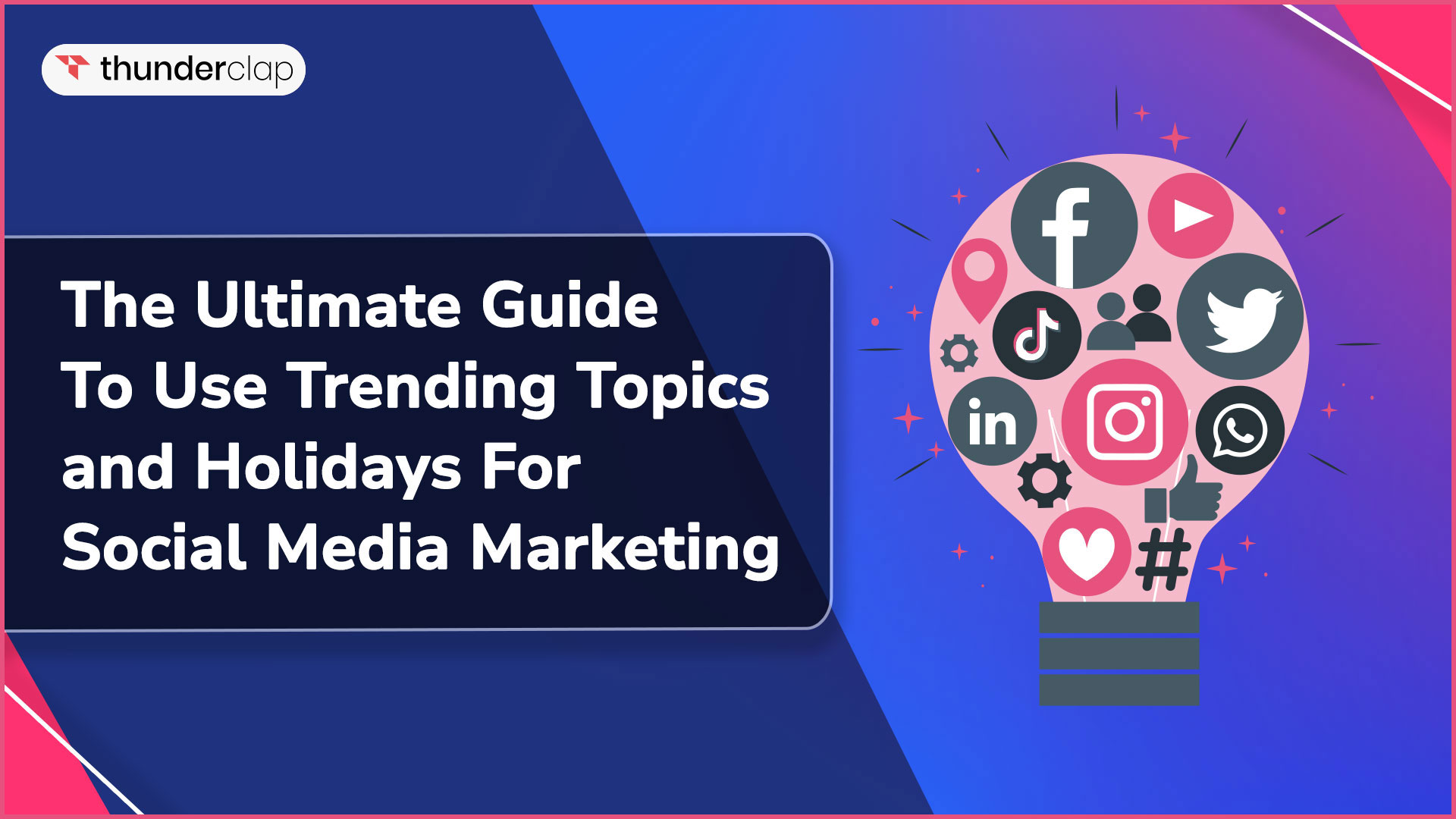Did you know that users spend an average of 2.5 hours daily on social platforms? Here, opportunities erupt for businesses to develop social media content to attract more audiences towards them and build a brand.
However, there should be some metrics through which businesses can measure audience engagement. They should know whether their content is going viral or not among the social media audience. That's why we have prepared a complete list of types of audience engagement.
What Is Audience Engagement On Social Media?
Audience engagement on social media is more than just scrolling through posts. It is defined as when your audience actively engages with your brand by clicking links, sharing content, and deepening their connection with your brand on social media platforms.
Always keep an eye on the different types of audience engagement your content is receiving to ensure that you are creating content that speaks to the people who matter most.
Types Of Audience Engagement On Social Media
We will discuss the different types of audience engagement required to reach the target audience and help create content strategies that resonate with your audience preferences. Below is the complete list:
1. Engagement Metrics
Social media offers several ways for an audience to engage with your content. You can check the list of engagement metrics and their significance below:
-
Likes and Reactions
Likes and reactions (love, haha, wow, etc.) are the simplest forms of engagement, indicating the basic interest of the audience in your content. While not the most insightful metric, they can contribute to post visibility. Platforms like Facebook prioritize content with high likes and reactions, increasing its reach in user feeds.
-
Comments and Replies
Comments offer a valuable opportunity for two-way communication with your audience. They allow you to:
-
Gather Feedback
Look at comments to understand audience preferences, identify improvement areas, and tailor your content accordingly.
-
Address Concerns
Respond promptly to negative comments and resolve customer issues publicly. These actions will show your responsiveness among old and new audiences.
-
Build Relationships
Replying with positive comments, solving queries, and showing appreciation for your audience's interaction form a sense of community and loyalty.
-
Shares and Reshares:
Build an influence of the product and service on social media to attract everybody's attention. This activity is essential because when users with lots of followers share your content with their followers, it expands your reach, and you can have a new audience for your brand.
Shares are precious as they indicate that users find your content valuable enough to share with their network. This can turn them into brand advocates who drive organic growth.
-
Saves and Bookmarks:
Saving or bookmarking content means users find some value addition in your content and might revisit it later. The saved content from the user side can be a food recipe you shared, an informative article, or an inspirational quote. The saving the content step implies that there might be potential leads in the future.
-
Click-Throughs and Link Engagement
Monitoring the clicks on the links you include in your social media postings can help you learn more about the content that brings people to your website or landing pages.
Furthermore, this indicator is essential for assessing how well your social media marketing generates leads and conversions.
-
Mentions and Brand Awareness:
Whether tagged or untagged, mentions indicate brand awareness and can help gauge brand sentiment. Positive mentions from people will create credibility in your brand.
However, negative mentions show feedback from people on which you should work. Responding to positive and negative mentions is essential because it shows sensitivity towards your audience's opinions.
2. Marketing Metrics
These metrics help you assess the effectiveness of your social media efforts in achieving specific marketing goals. We have collected the complete list for you, which is below:
-
Click-Through Rate or CTR
From where can you find the real number of users who click a link in your post? The click-through rate provides this information, which shows that your content can attract user interest and drive them to your website.
Relevance: High CTRs mean the audience likes your content and is engaging with it.
-
Conversion Rate
It is one step ahead of CTR because it tracks the number of visitors to your website who click on your links and complete the desired action. This activity could be to buy, download a white paper, or sign up for the newsletter.
Relevance: A high conversion rate suggests better engagement and persuasive call-to-actions (CTAs).
-
Website Visits
This data shows the total number of visits to your website that are coming from social media traffic. It shows the impact social media has on your website's traffic.
Relevance: Frequent visits to the website by users show that your website has interactive content that fits well with them.
-
Referral Traffic:
Identifying the specific social media platforms that drive traffic to your website is important in tailoring effective strategies. This strategy customization allows you to capitalize on the most potent platforms for generating website visits: we call this Referral Traffic.
Relevance: High referral traffic indicates strong networking and engaging content that has attracted others to share.
-
Cost-per-click (CPC):
CPC is the best way to calculate the average cost incurred for each click on your social media ad. This method helps you optimize your advertising spend.
Relevance: Lower CPCs denote better engagement efficiency, making your marketing efforts more effective and economical.
3. Awareness Metrics on Social Media
Awareness metrics help you track how many people are seeing your content and learning about your brand:
-
Reach
This metric provides an elemental understanding; it evaluates the total count of unique users who have viewed your content across social media platforms.
Relevance: Higher reach shows your content is getting recognized, attracting more potential audience attention.
-
Impressions
This metric quantifies the overall display frequency of your content, regardless of whether a unique user views it; thus, strong impressions signal elevated visibility—even in instances where engagement may not be correspondingly robust.
Relevance: Higher impressions mean your content is displayed more frequently to users on social media.
-
Video Views: This metric measures the frequency at which your video content is played. It is critical to shaping effective video distribution strategies and offers a lens through which you can calculate the engagement level of your viewers with that specific piece of audiovisual material.
Relevance: Higher video views mean more people watch your video content on social media.
-
Video Completion Rate: The completion rate of your video measures the percentage of users who watch it until the end; a high completion rate signifies engaging content that captivates viewers.
Relevance: High completion rates suggest that content is engaging and holds viewers' interest.
-
Audience Growth Rate: This actively measures the pace of your follower base expansion; however, desirability lies not merely in a large following but rather – and importantly so–in attracting an authentic interest from a targeted audience towards your brand: indeed—a vital focus.
Relevance: Rapid growth can show successful engagement strategies and increase brand popularity.
-
Brand Mentions: Measuring the overall number of times your brand receives mentions on social media, irrespective of sentiment, is a crucial step towards understanding the volume of online conversation surrounding your brand.
This metric represents what we call 'brand mentions.' Hence, tracking these instances aids in gauging public interest and provides valuable insights into how individuals perceive and discuss your brand in digital spaces.
Relevance: More mentions mean greater brand visibility and active engagement from the audience.
4. Customer Service Metrics
Use social media platforms for customer service by monitoring conversations and answering inquiries and complaints. Here are key customer service metrics to track:
-
Average Response Time
This technique shows how much time you or your team has taken to answer customer inquiries and complaints on social media. Aim for a quick response time to show customers you value their concerns.
-
Customer Satisfaction Score
This technique accumulates customer sentiment toward your brand based on social media interactions. Several social media platforms offer built-in customer satisfaction surveys, allowing you to gauge customer satisfaction and identify areas for improvement.
Ways to Increase Engagement on Social Media Platforms
Having explored various engagement metrics, let's watch strategies to boost audience participation on your social media channels:
1. Contests and Giveaways
These are the best ways to increase audience engagement by offering prizes for actions like liking, commenting, tagging friends, or creating user-generated content.
2. Polls and Q&A Sessions:
Interactive features such as polls and Q&A sessions help get audience participation and provide information about their interests and concerns. Polls can gauge audience preferences and spark discussions, while Q&A sessions allow you to directly address audience questions and build trust.
3. Live Videos and Interactive Features:
This feature offers a real-time connection with your audience, in which you can interact virtually. Generally, every social media app has started providing this feature to host Q&A, behind-the-scenes shoots, product demonstrations, and many more.
4. User-Generated Content (UGC) Campaigns:
Hashtags, blogs, customer testimonials, and many more can make your brand go viral quickly. Encourage your audience to develop and share content related to your brand using these mediums.
5. Social Listening and Responding to Comments:
Whenever someone opens a conversation with you on social media, respond promptly to it, which can be through comments or messages. This practice will show that you respect your audience's opinions. Show your concerns and give answers to the questions to the audience.
6. Collaborations and Influencer Marketing:
Nowadays, you can find social media influencers in every industry (like technology, beauty, and finance). Joining hands with them can increase your customer base, and you can co-host live sessions and create sponsored content or product reviews.
Best Practices for Optimizing Audience Engagement on Social Media
Here are a few best practices for optimizing your audience on social media platforms. Let’s have a look!
1. Tailoring Content According To Audience
Understanding your audience's preferences and behaviors is always preferable to developing content that fits them well. Use various approaches and analytics to refine your strategy, which can increase engagement and strengthen connections with your followers.
2. Understanding Platform Algorithms
Keep a close eye on how different social media algorithms prioritize content. It's always best practice to remain updated with new algorithm updates and prepare strategies to boost visibility and engagement.
3. Posting Frequency and Timing
It is not mandatory to post content every time. It would be better to analyze your audience demographics and platform trends and then post videos, images, and statuses to fetch higher results.
4. Leveraging Analytics and Insights
Each social media has started providing its in-built evaluation tools to watch the performance of your content. Use them to track audience engagement and see what type of content and posting times attract more users to your posts.
How to Set Up a Social Media Metrics Dashboard
Consider the potential overwhelm of managing diverse social media metrics across multiple platforms. Instead, contemplate creating a centralized dashboard for these analytics utilizing tools such as Google Data Studio or Excel.
This strategy allows you to track critical indicators from all your platforms in one location and offers an exhaustive overview of your social media performance.
Concluding Words
Understanding different types of audience engagement, tracking relevant metrics, and implementing effective engagement strategies change your social media channels into powerful tools.
They build brand awareness, foster relationships, and even drive results. Consequently, building a robust social media presence surpasses mere profile possession—it's an active process with measurable outcomes.
